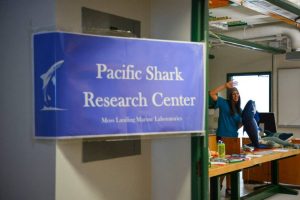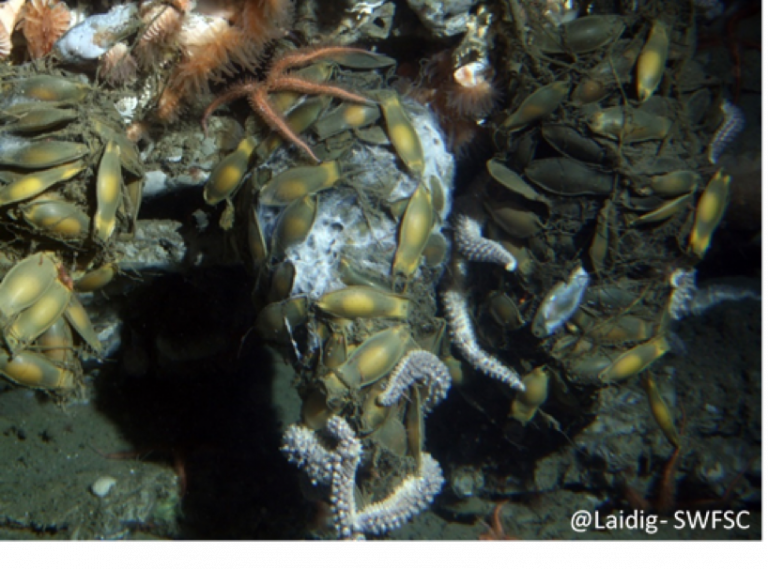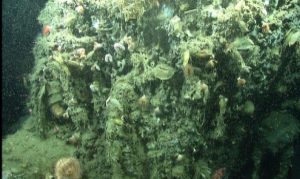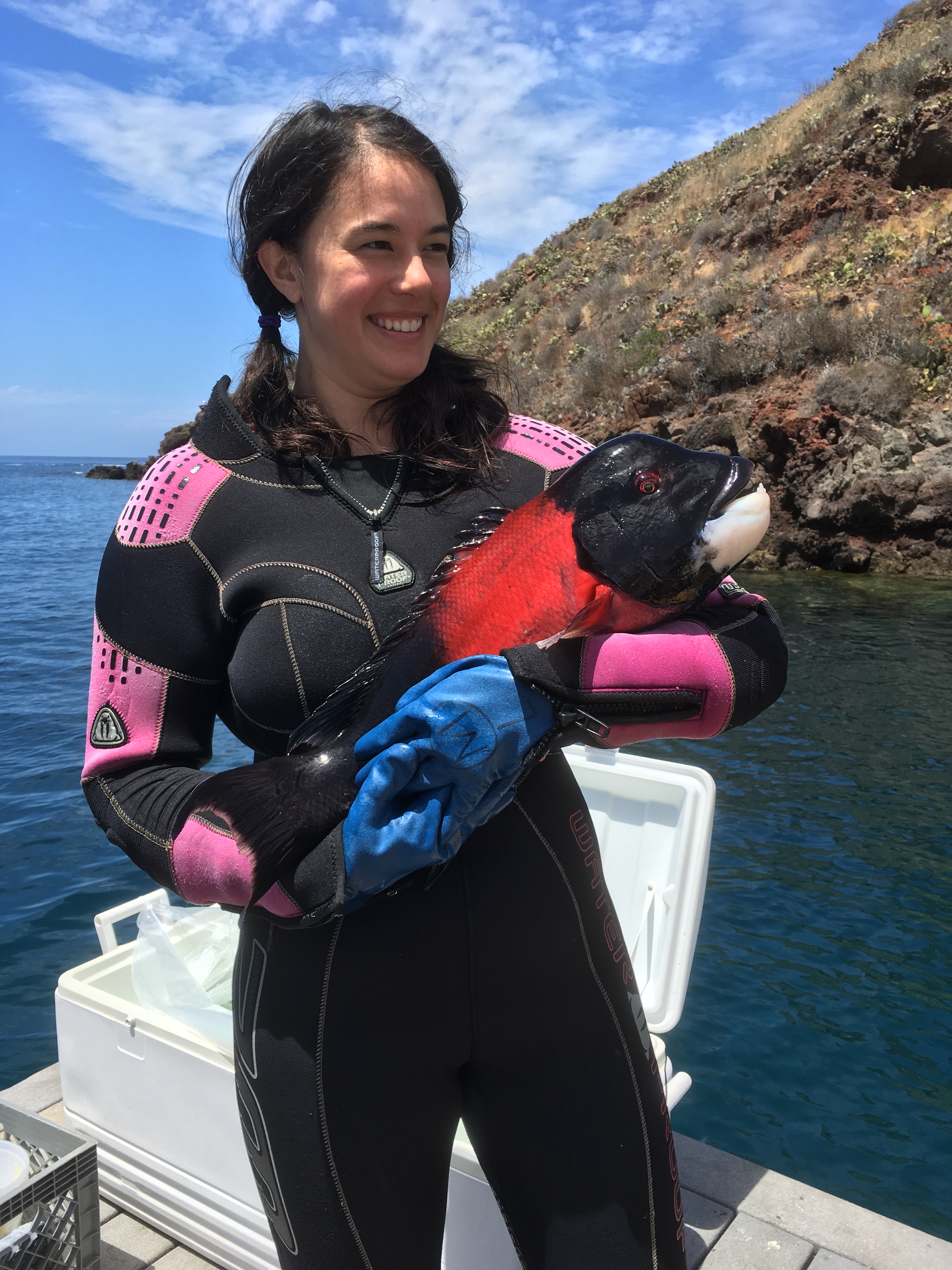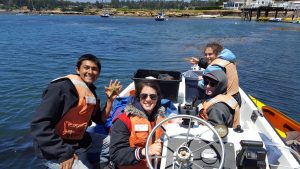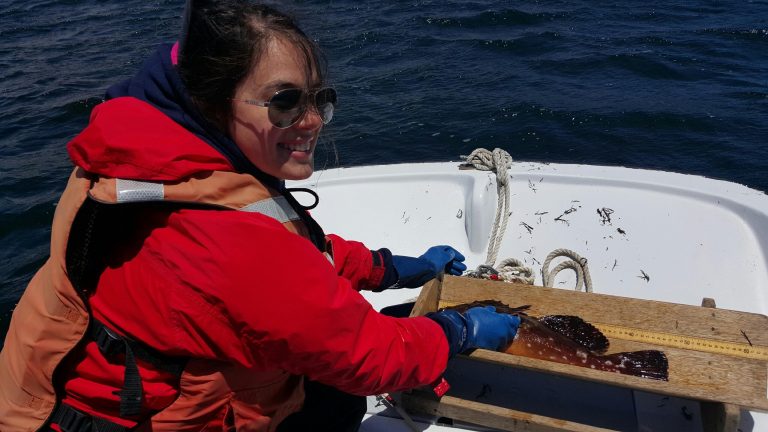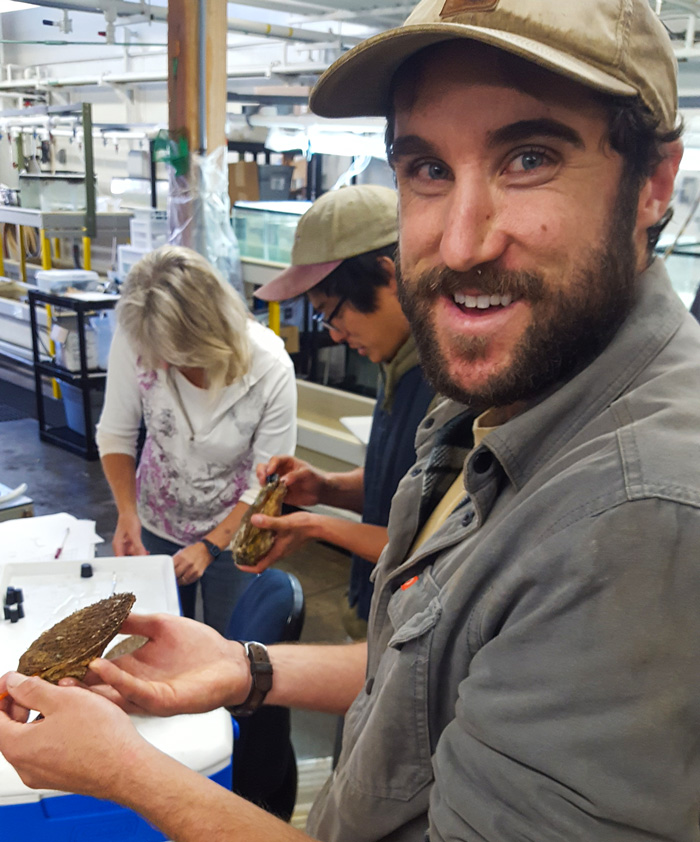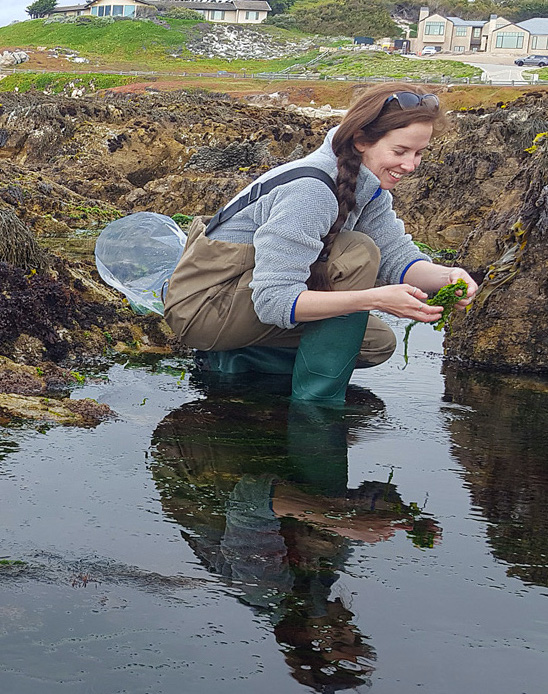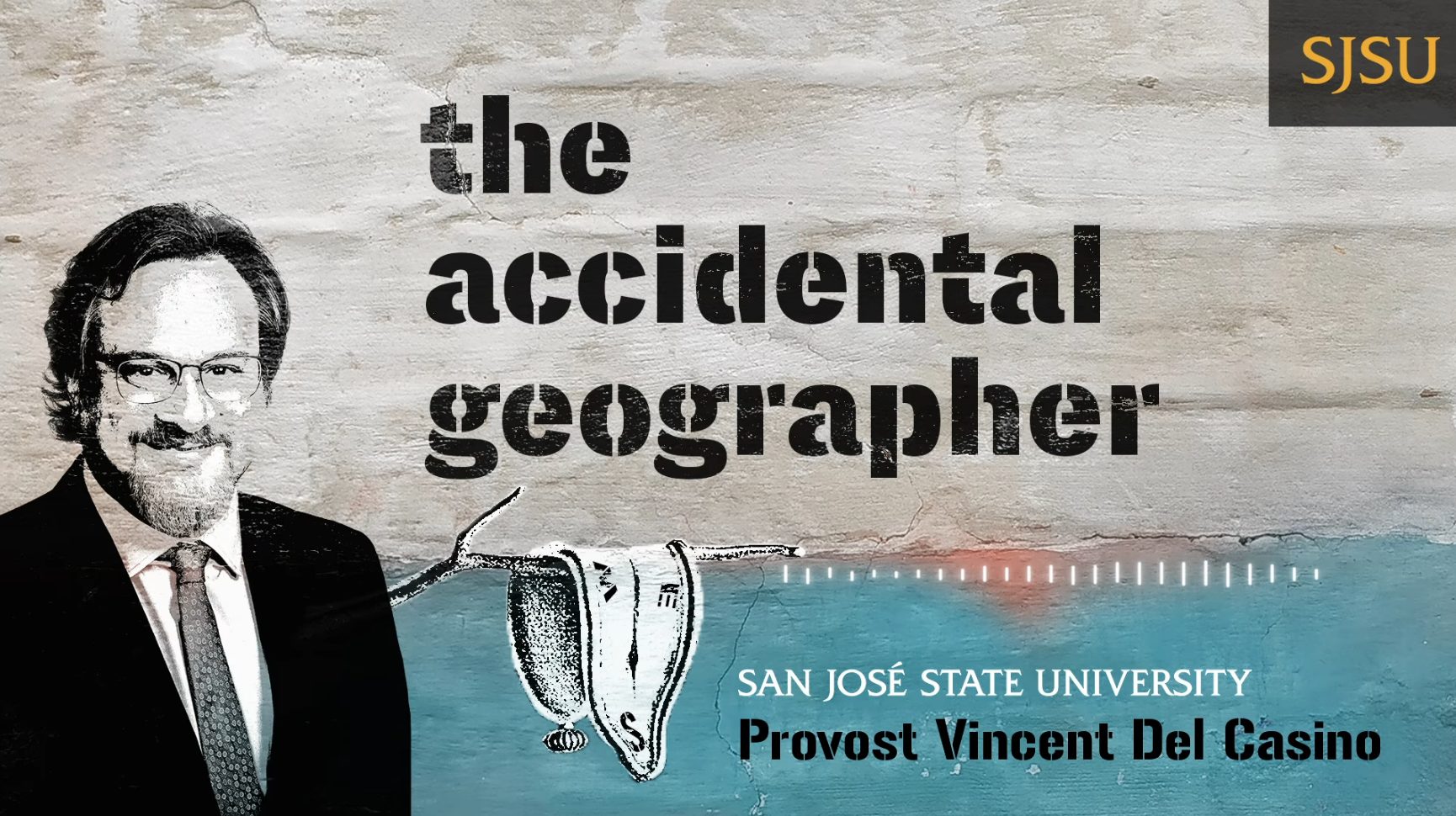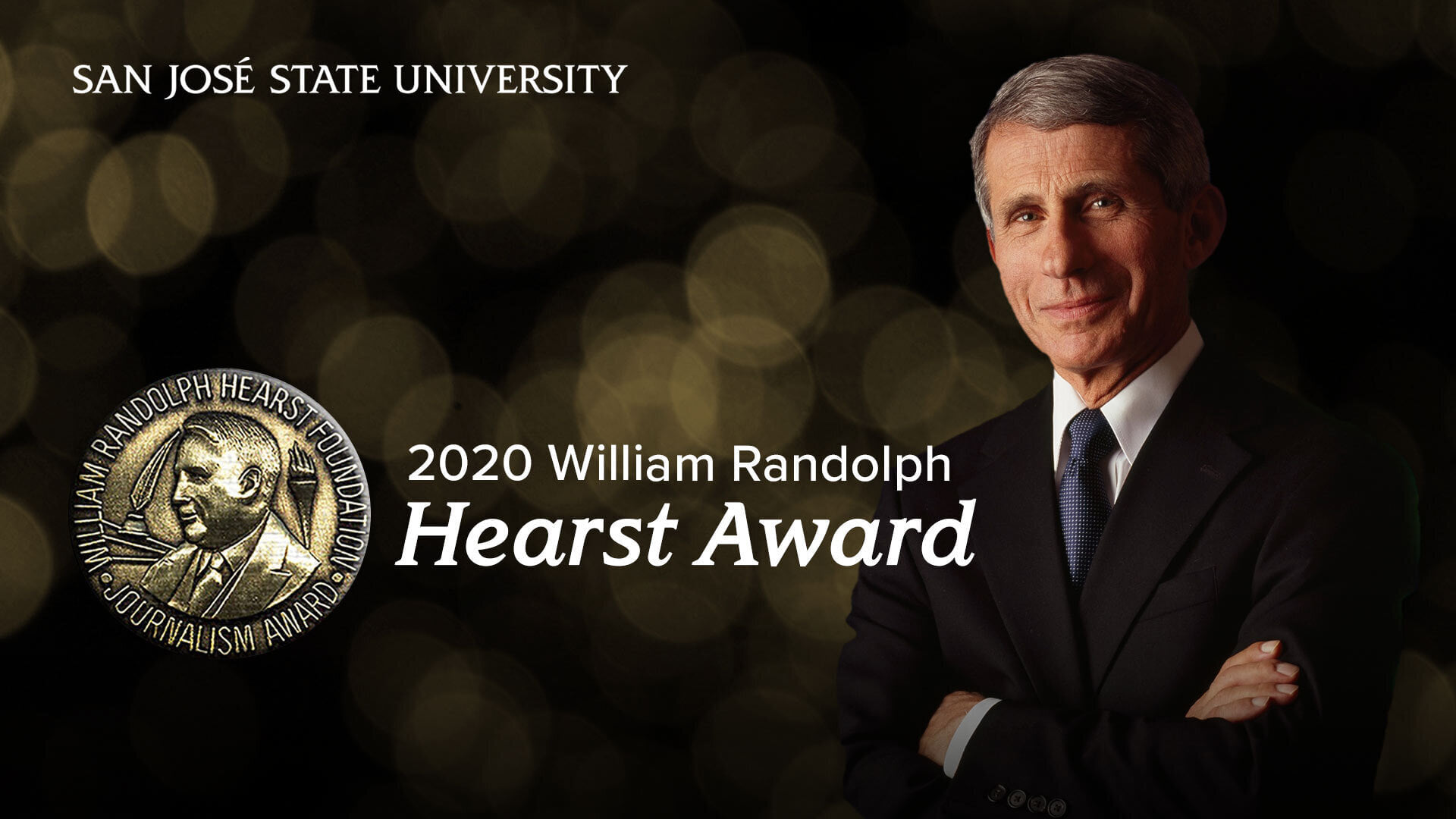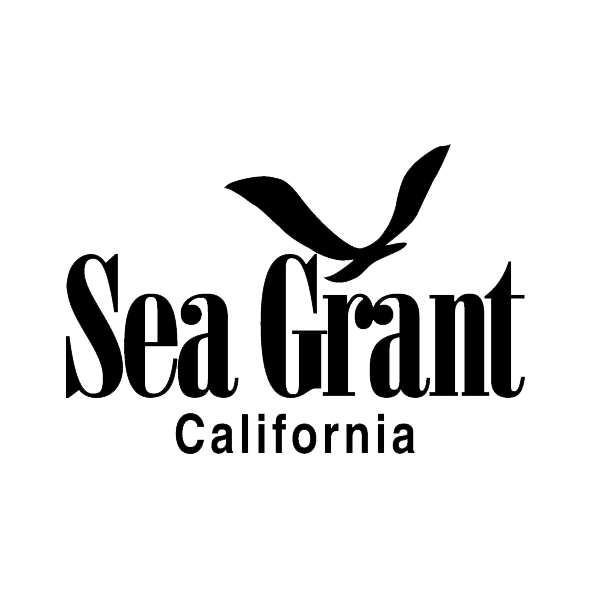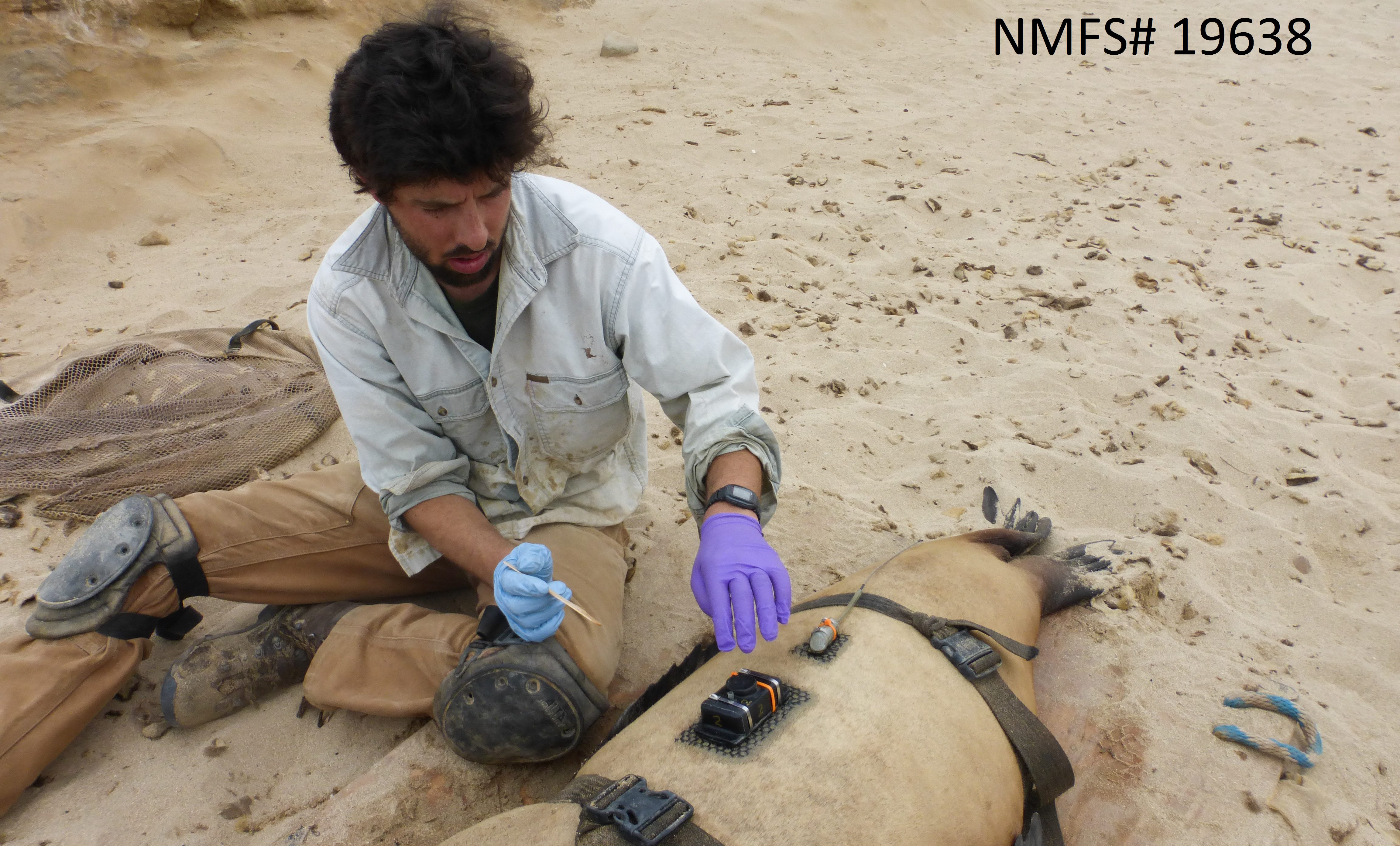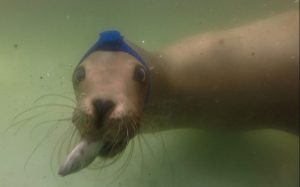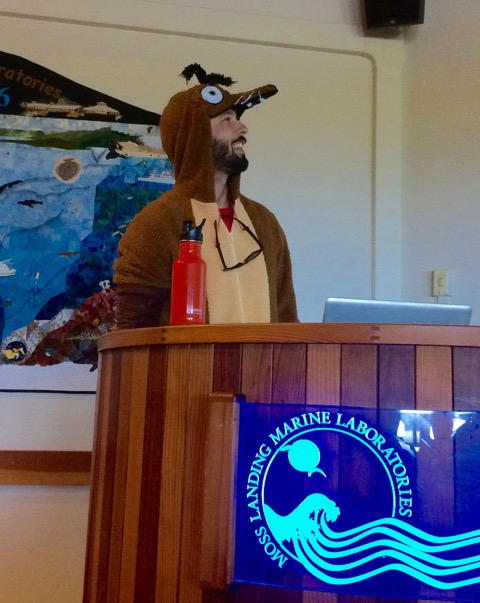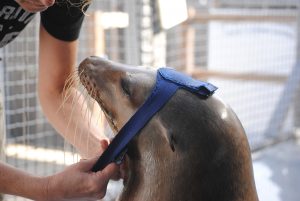"Habitat Associations of Catshark Egg Cases (Chrondrichthyes: Pentanchidae) off the U.S. Pacific Coast"
A Thesis Defense by Amber N. Reichert
MLML Live-Stream | December 7, 2020 at 4 pm
Thesis Abstract:
Many marine species select sites for reproduction based on habitat suitability, environmental tolerances, and oceanographic conditions, in order to enhance development or survival of their offspring. For many species living in the deep sea, it is unknown which factors influence this aspect of the reproductive process. In this study, the occurrence and influences of oviposition site selection were determined for the brown catshark, Apristurus brunneus, and filetail catshark, Parmaturus xaniurus, in the greater Monterey Bay region, providing novel insights into specific habitat preferences and depth distributions. Video footage from the Monterey Bay Aquarium Research Institute (MBARI), and the National Oceanographic and Atmospheric Administration’s Southwest Fisheries Science Center Fisheries Ecology Division (NOAA-SWFSC-FED) was utilized to predict suitable oviposition habitat using MaxEnt presence-only modeling, identify attachment substrates and faunal associations using qualitative observations, and determine depth and habitat preferences using tests of independence and Manly’s selectivity indices. The greater Monterey Bay region was determined as a nursery for both A. brunneus and P. xaniurus on the basis of meeting all oviparous nursery qualifications: high densities of egg cases deposited in the same region, habitat was benthic, oviposition sites were continually used, and no juvenile sharks were observed in the vicinity of egg cases. Complex geographic and environmental features such as rugosity and depth were shown to influence oviposition sites of A. brunneus and P. xaniurus. An increase in rugosity indicated higher predictive habitat suitability. The primary depth range of oviposition sites for both species was 150–199 m, with relatively more A. brunneus egg cases in the 100–149 m range, and more P. xaniurus egg cases observed at deeper depths (200–300 m). Depth ranges for both species are similar and were expanded based on MBARI video observations (A. brunneus = 87–550 m, P. xaniurus = 99–524 m). Areas of greatest predicted habitat suitability were indicated on the shelf break and upper to mid slope of the Monterey Canyon and in adjacent canyons. MaxEnt model output indicated higher induration (i.e., rockier) habitat was the main driver of oviposition site selection. Structure forming marine invertebrates (SFMI) such as corals and sponges were identified as important faunal attachment structures, with egg cases of both species occurring significantly more often on sponges than other substrates. Nurseries are critically important habitat and this research is necessary for influencing habitat-based management. The vulnerability of these and other species prompts further research concerning the use of SFMI as oviparous nurseries for potential essential fish habitat (EFH) designation.



